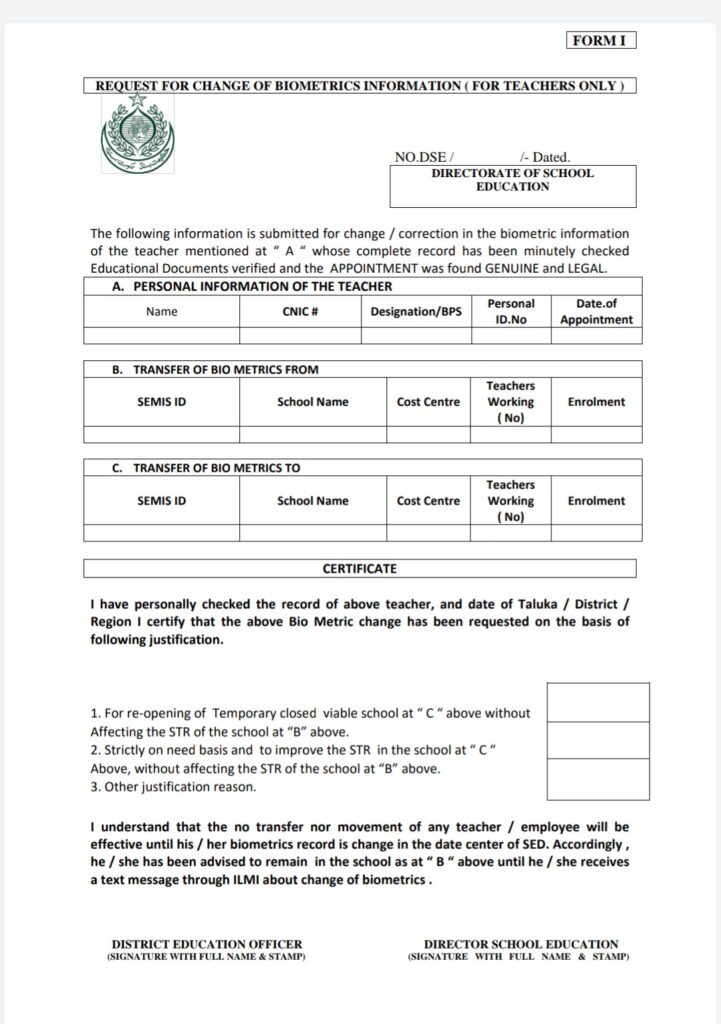60. What happens to the molecules of a gas when the gas changes into a liquid?
a) They move closer and lose energy.
b) They move closer and gain energy.
c) They move apart and lose energy.
d) They move apart and gain energy
61. The energy released during fission or fusion reaction is called __.
a) Solar energy b) Geothermal energy
c) Tidal energy d) Nuclear energy
62. Which is the renewable source of energy
a) Solar and wind b) Coal
c) Natural gas d) Petrolium
The ratio of output to input is called
a) Energy b) Work
c) Power d) Efficiency
63. Work done per unit time is called __.
a) Efficiency b) Energy
c) Power d) Force
64. Coal, gas and oil are all examples of_________.
a) Tidal energy b) Nuclear energy
c) Fossil fuel energy d) Biomass energy
65. __ is not a renewable source of energy.
a) Solar energy b) Coal
c) Wind energy d) Geothermal energy
66. Heat is the form of __
a) Pressure b) Weight
c) Energy d) All
67. Thermal energy transfer required to change a solid into liquid without changing its temperature is
called __.
a) Latent heat of Fusion
b) latent heat of vaporization
c) latent heat of boiling
d) specific heat capacity
68. Thermal energy transfer required to change a liquid into gas without changing its temperature is called
a) latent heat of freezing
b) latent heat of vaporization
c) latent heat of boiling
d) latent heat of melting
69. Evaporation can occur at __
a) freezing point b) melting point
c) boiling point d) all temperatures


